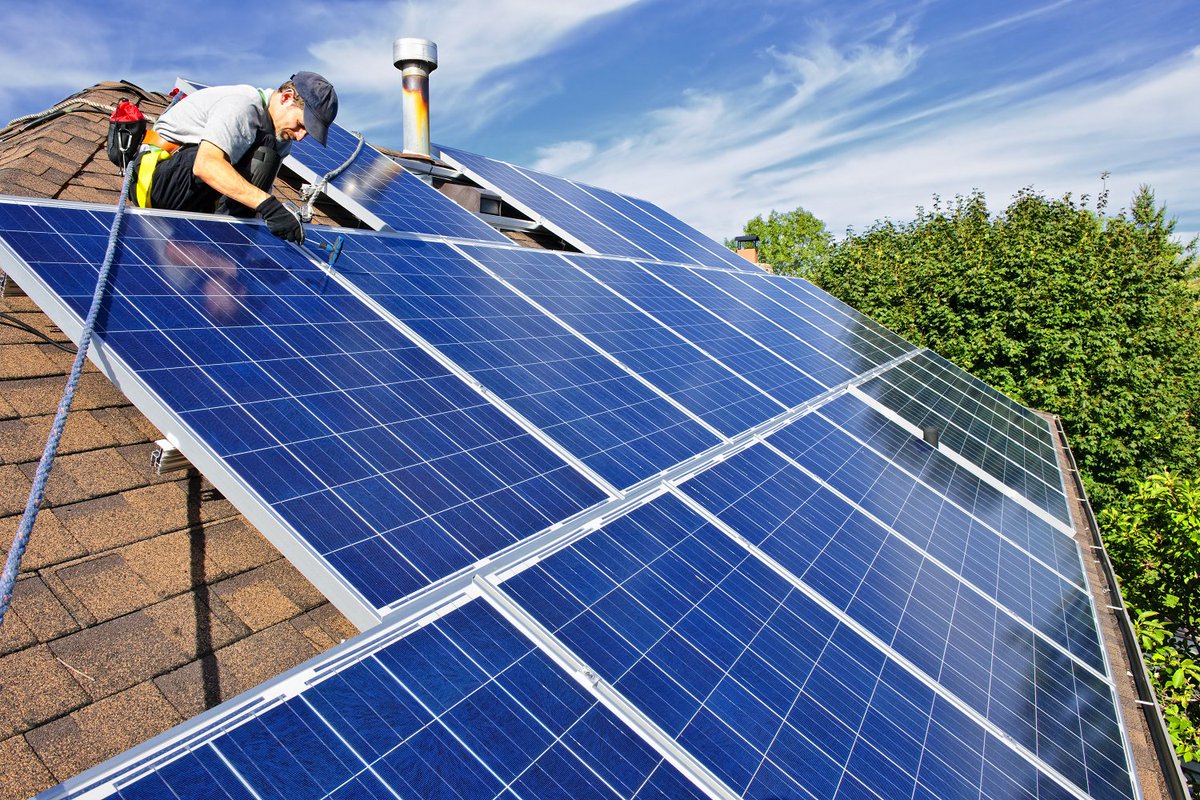Energy efficiency has become a top priority for homeowners, especially with rising electricity costs and a growing focus on sustainability. While many people think about windows or insulation upgrades, the roof plays a major role in regulating a home’s temperature. But how much of a difference does a modern roof make? Are modern roofs actually more energy-efficient than older styles?
What Defines a Modern Roof?
Modern roofing goes beyond just looks. It involves updated materials, improved insulation, and smarter design choices aimed at boosting performance. Popular options today include Colorbond steel, Zincalume, insulated panels, and architectural cladding. Many modern roofs also feature flatter or skillion-style designs, hidden gutters, and integrated ventilation systems that weren’t common in older builds.
Key Features That Improve Energy Efficiency
Reflective Coatings & Light Colours
Modern roofs often use coatings and colours designed to reflect heat rather than absorb it. Light-coloured metal roofs, for example, can reflect a significant amount of solar radiation, reducing heat gain inside the home. This contrasts with older dark tiles or uncoated corrugated iron roofs, which tend to hold heat.
Improved Insulation Layers
A big difference between modern and older roofs is the use of insulation beneath the surface. Today’s roofs commonly include sarking (a reflective foil layer) plus bulk insulation to slow heat transfer. These combined layers create a more effective thermal barrier, keeping interiors cooler in summer and warmer in winter. You can learn more about these innovations and their benefits by exploring modern roofing Sydney solutions.
Modern Ventilation Systems
Another advantage of modern roofing is improved ventilation. Features like ridge vents, solar-powered exhaust fans, and passive airflow systems help remove hot air from the roof cavity. This reduces the build-up of heat and moisture, something older whirlybirds or basic vents struggle to manage as effectively.
Comparing Energy Performance: Modern vs Older Roofs
Older roofs, especially those with dark or porous materials, absorb and retain more heat throughout the day. Without reflective coatings or proper insulation, this heat can transfer indoors, forcing air conditioning systems to work harder. Modern roofs, on the other hand, are designed to reflect sunlight, seal out drafts, and maintain more stable indoor temperatures. As a result, many homeowners with modern roofs report lower cooling costs during Sydney’s hot summers.
Are Modern Roofs Always the Better Choice?
While modern roofs offer energy savings and improved comfort, they aren’t automatically the right choice for every home. Heritage properties may have aesthetic restrictions that limit roofing options. Installation costs for premium materials can also be higher upfront, although these expenses are often offset by long-term savings on energy bills and maintenance.
Additional Benefits of Modern Roofing Beyond Energy Savings
Modern roofing systems offer more than just energy efficiency. They also tend to be more durable, with better resistance to bushfire conditions thanks to compliance with BAL (Bushfire Attack Level) ratings. Many are designed with solar panel installation in mind, making it easier to integrate renewable energy solutions in the future.
Parting Words
Modern roofs have come a long way from traditional styles, offering a combination of energy efficiency, durability, and improved comfort. Thanks to reflective coatings, layered insulation, and smarter ventilation, they can help Sydney homeowners reduce energy costs and keep homes cooler in summer. If you’re thinking of upgrading, exploring modern roofing options could be a worthwhile investment for both your wallet and the environment.

